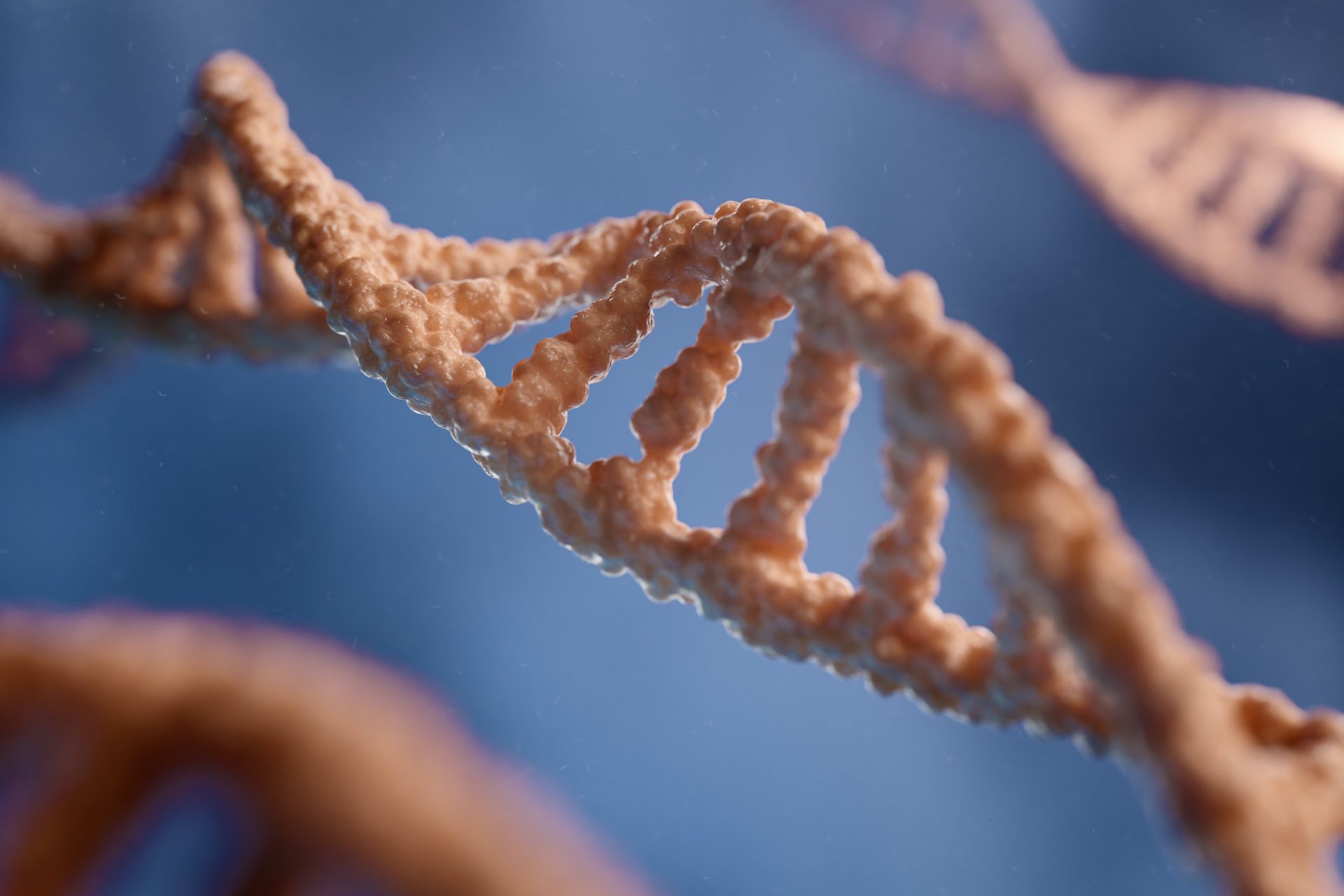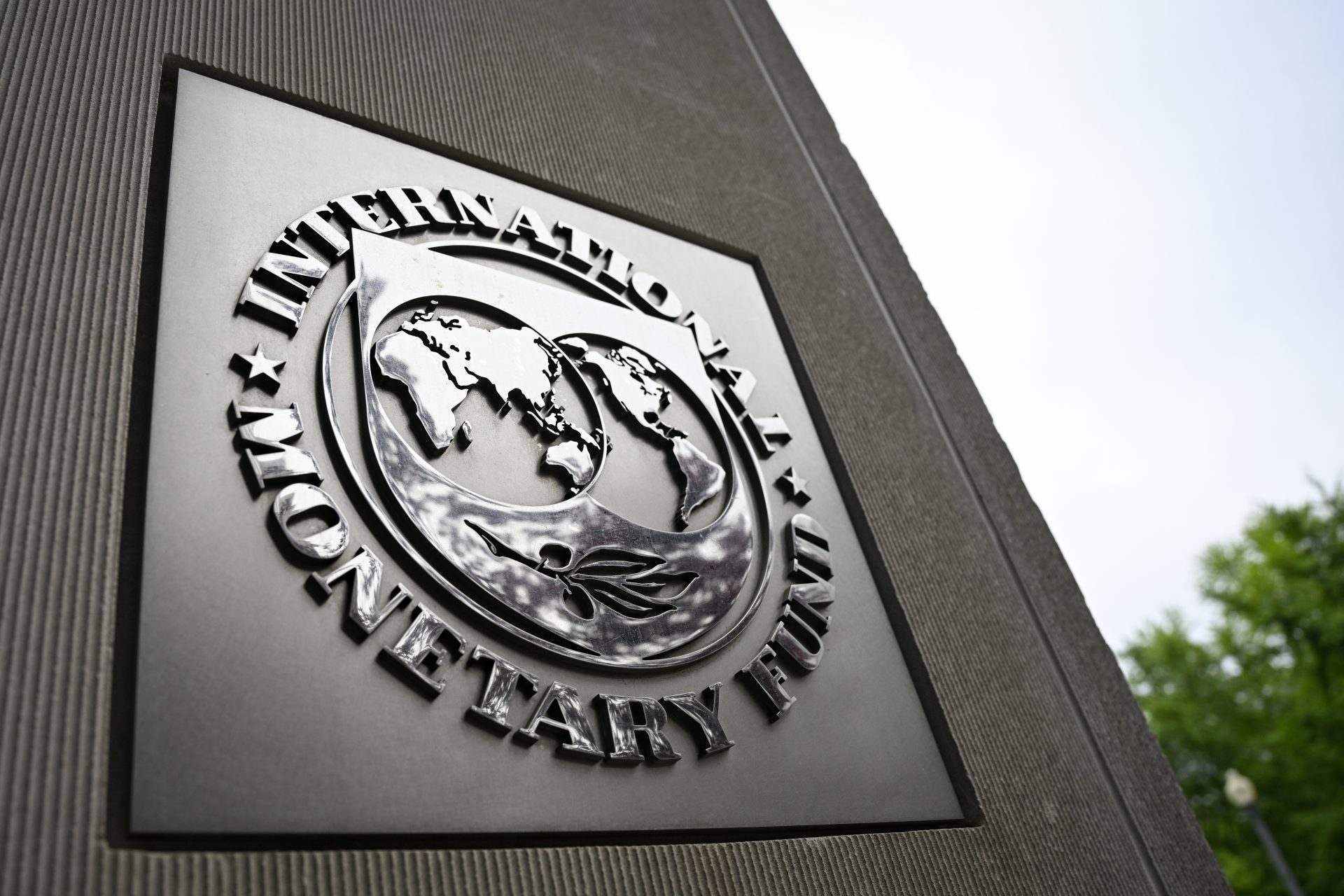Are scientists close to ‘resurrecting’ the extinct dodo bird?
Scientists are trying to “resurrect” the dodo, a Mauritian bird last seen in the 17th century. A species, almost exactly like it, could be brought to life by Colossal Biosciences, a gene editing company.
Using recovered DNA to "genetically resurrect" an extinct species, the central idea behind the Jurassic Park films, is how they are attempting to do it.
In 2021, Harvard University genetics professor George Church, known for his pioneering work in genome sequencing and gene splicing, created Colossal Biosciences, a company that wants to fight climate change by “resurrecting” extinct species.
The company has embarked before in projects to revive the wooly mammoth, as they believe that its “resurrection” would plug a hole in the ecosystem left by their decline about 10,000 years ago.
Mammoths once scraped away layers of snow so that cold air could reach the soil and maintain the permafrost. After they disappeared, the accumulated snow meant the permafrost began to warm, releasing greenhouse gases.
However, the dodo would be the company’s first bird, which is significant as it means changing the gene editing technique to accommodate an external egg, the team of scientists said.
Photo: Abbey Alabi/Unsplash
The researchers are working with pigeon eggs, and using genetic material from pigeons that can be modified to reflect key traits of the dodo, including its flightlessness by modifying the embryo in the egg.
Photo: Lenstravelier/Unsplash
“Physically, the restored dodo will be indiscernible from what we know of the dodo’s appearance,” wrote Matt James, Colossal’s chief animal officer, according to ‘Now This News’ recently. James declined to say when the embryo would likely be ready, however.
With the mammalian species the technique requires implanting gene-editing material into the reproductive system of an existing relative of the species, such as an elephant in the case of the mammoth.
Colossal’s project highlights one of the greatest misunderstandings about de-extinction programmes: if successful, the species won’t be actual copies of extinct animals.
For example, Colossal’s woolly mammoth, as scientists admit, will be an elephant modified to survive the cold.
In the same way, Colossal Biosciences warned that the revived dodo could never be an exact replacement for what has been made extinct.
Ben Lamm, chief executive of Colossal, said the company is raising a further $150m from investors to pursue its research on the dodo.
He added that the recreated versions of the bird could be “rewilded” in Mauritius (Africa), where the dodo lived until it was last sighted, before it is thought to have been hunted to extinction.
Photo: Xavier Coiffic/Unsplash
The CEO of Colossal also says the research could assist conservation efforts for many other threatened species around the world.
The techniques developed in the “resurrection” process can allow scientists to discern and preserve key traits in those existing species that can be vital to helping them adapt in a changing climate, Colossal’s CEO explained.
Because, while extinction is normal in ecosystem evolution, research shows that human activity is driving species to the brink faster than they can adapt and the world’s governments have not prioritised conservation over exploitation.
More for you
Top Stories






























